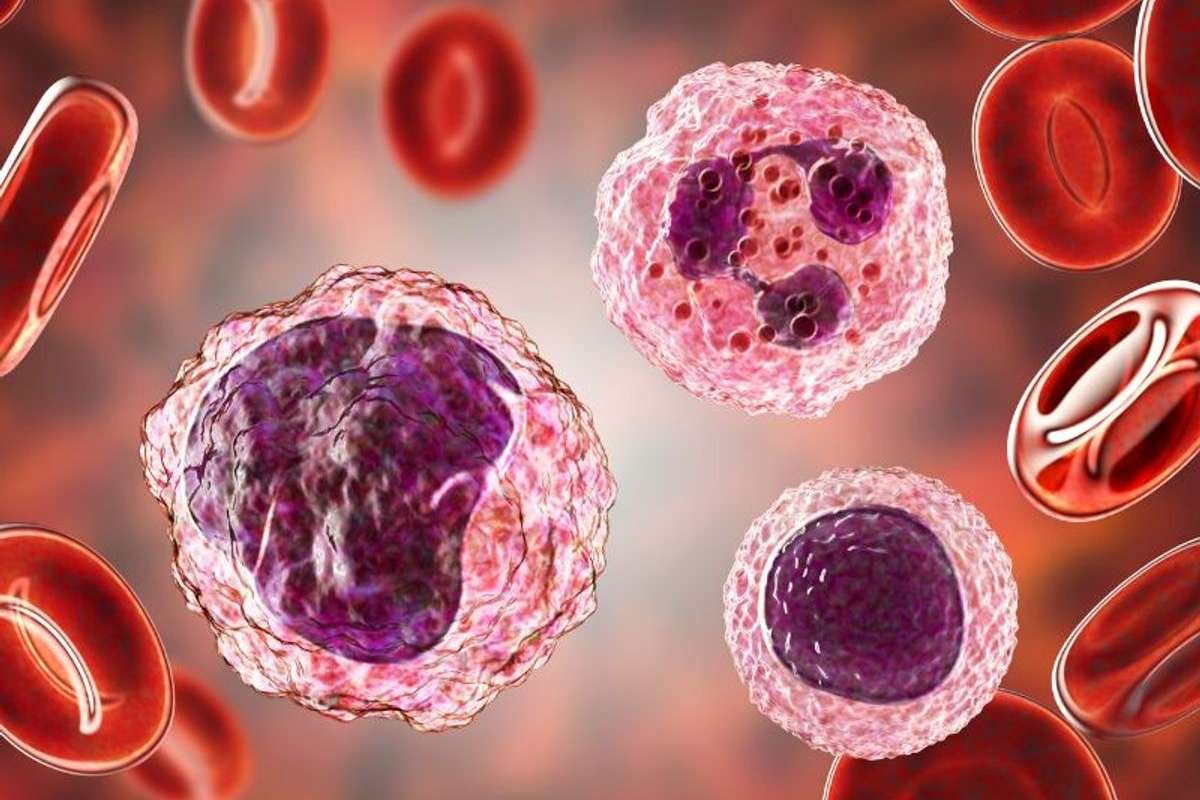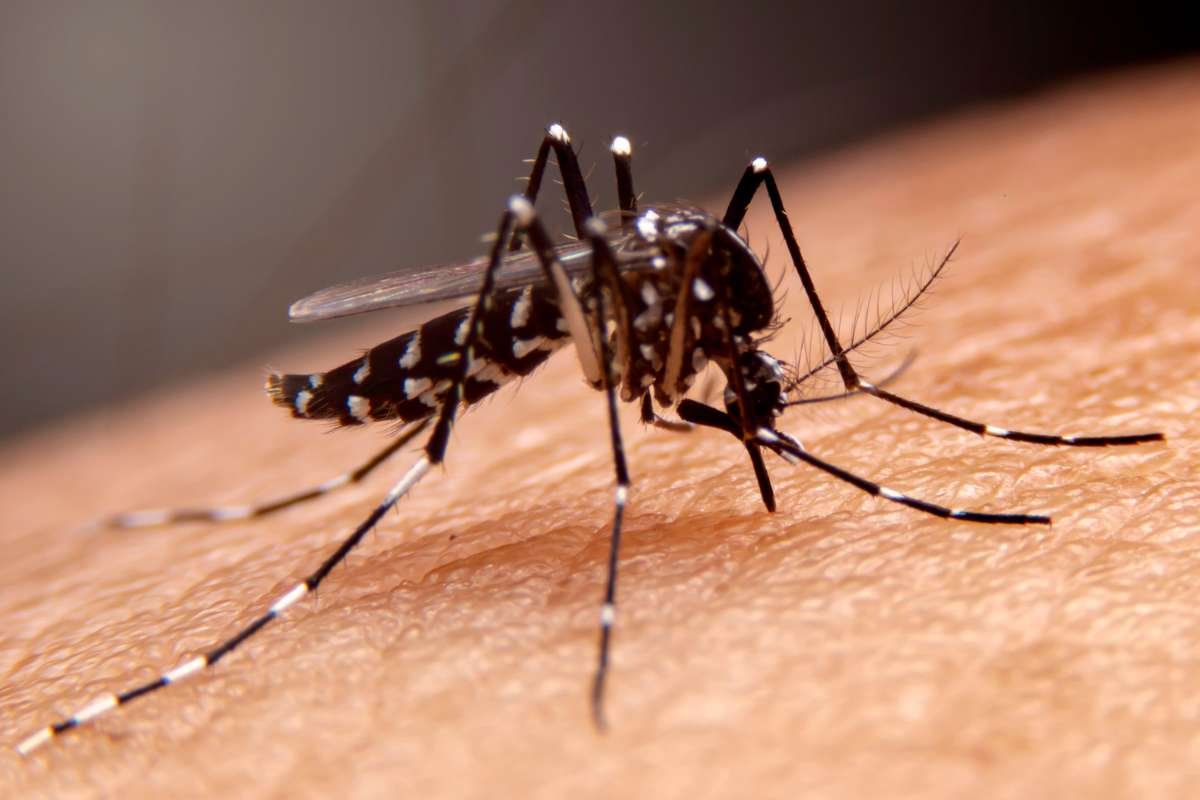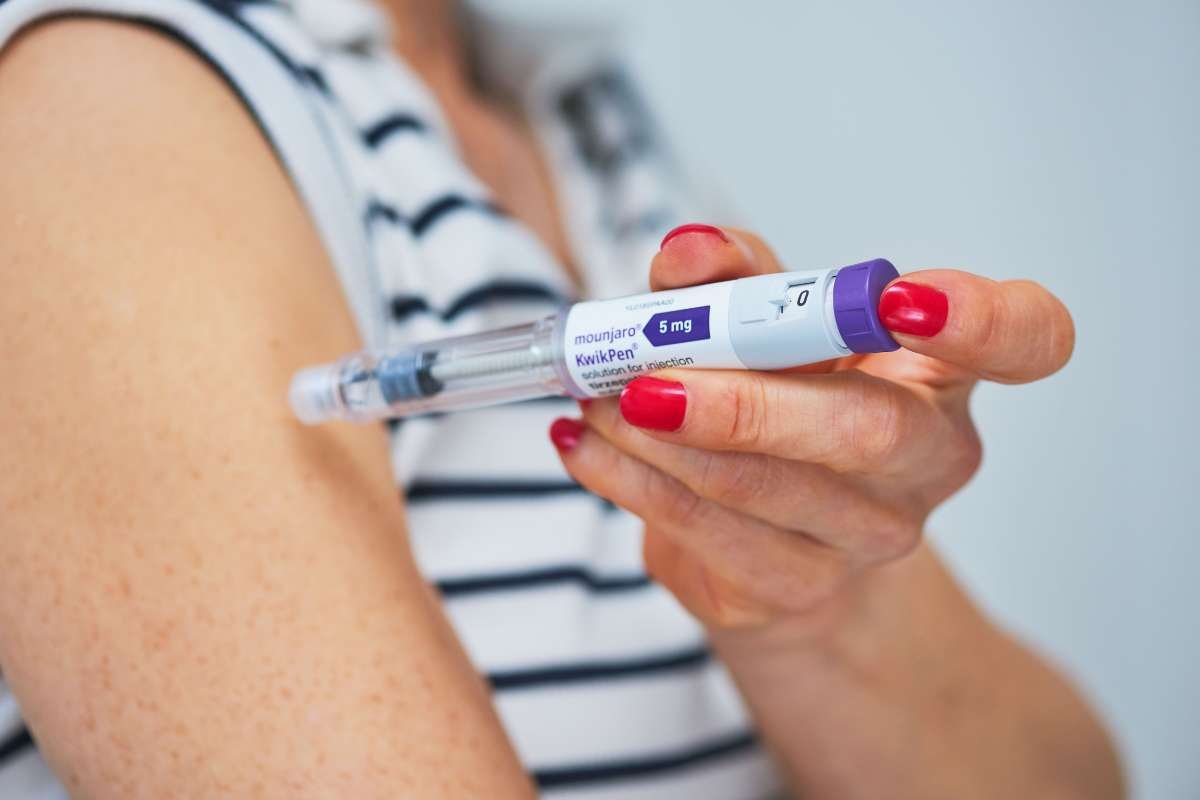The human body is a complex and intricate system, constantly under attack from a myriad of pathogens. Our immune system, a vigilant guardian, acts as the first line of defense, identifying and neutralizing these invaders. A key player in this intricate defense mechanism is Peripheral Blood Mononuclear Cells (PBMCs). These versatile cells, residing in the bloodstream, play a crucial role in both innate and adaptive immune responses. This article will delve into the fascinating world of PBMCs, exploring their characteristics, functions, and significance in various medical applications.
What are Peripheral Blood Mononuclear Cells?
As the name suggests, PBMCs are a heterogeneous population of white blood cells (leukocytes) characterized by their single nucleus. This distinguishes them from polymorphonuclear leukocytes, which have multiple lobes in their nuclei.
Key Types of PBMCs
- Lymphocytes: These are the most abundant type of PBMCs and are further divided into:
- T lymphocytes: Responsible for cell-mediated immunity, they recognize and eliminate infected or cancerous cells.
- B lymphocytes: Play a crucial role in humoral immunity by producing antibodies.
- Natural Killer (NK) cells: These cells are part of the innate immune system, providing rapid responses against viral infections and tumors.
- Monocytes: These large, phagocytic cells engulf and destroy foreign particles and cellular debris. They also differentiate into macrophages, which play a vital role in tissue repair and inflammation.
Isolation of PBMCs
Obtaining pure populations of PBMCs is crucial for various research and clinical applications. The most common method for isolating PBMCs is density gradient centrifugation using Ficoll-Paque. This technique separates blood components based on their density, allowing the isolation of PBMCs from other blood cells like red blood cells and granulocytes.
Functions of Peripheral Blood Mononuclear Cells
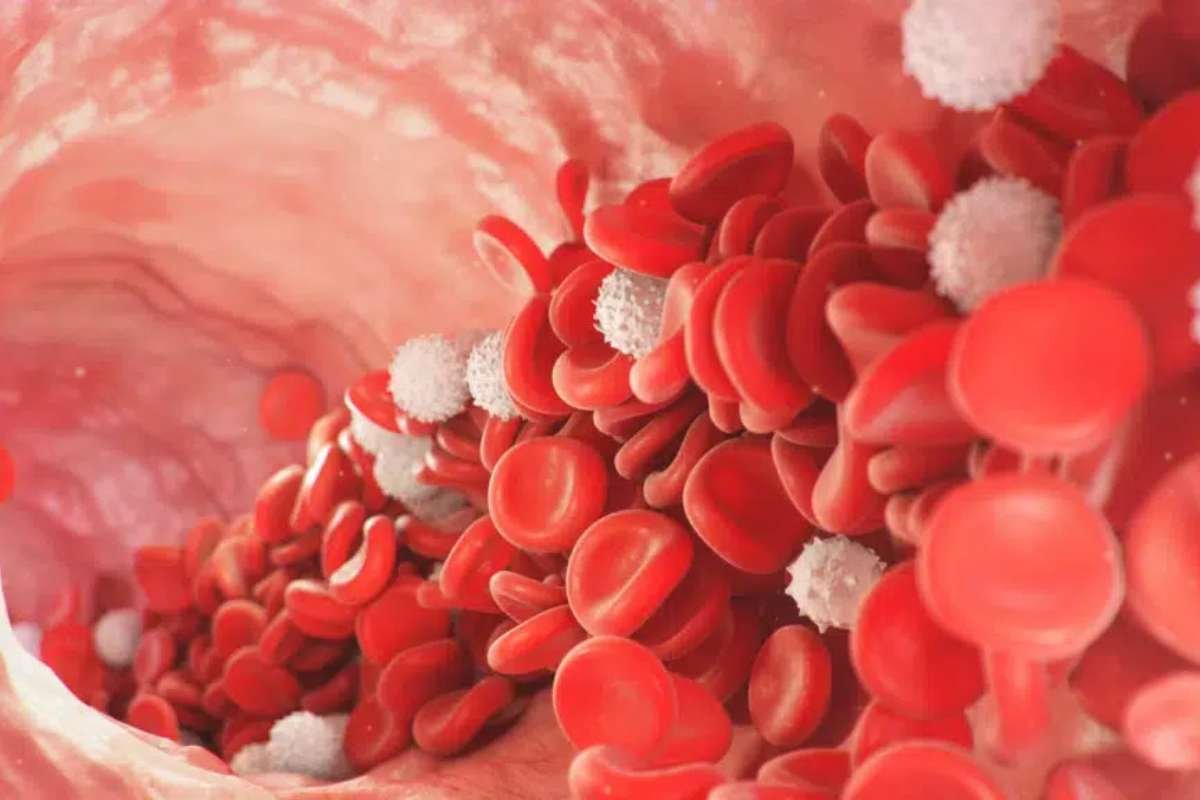
PBMCs are involved in a wide range of immune functions, including:
- Innate Immunity:
- Phagocytosis: Monocytes and macrophages engulf and destroy pathogens and cellular debris.
- Cytokine Production: PBMCs, particularly monocytes and macrophages, produce cytokines, which are signaling molecules that regulate immune responses.
- Natural Killer Cell Activity: NK cells recognize and eliminate infected or cancerous cells.
- Adaptive Immunity:
- Antibody Production: B lymphocytes differentiate into plasma cells that produce antibodies to neutralize pathogens.
- Cell-Mediated Immunity: T lymphocytes recognize and eliminate infected or cancerous cells through direct cell-to-cell contact or by releasing cytotoxic granules.
Clinical Applications of PBMCs
The versatility of PBMCs has led to their widespread use in various clinical and research settings:
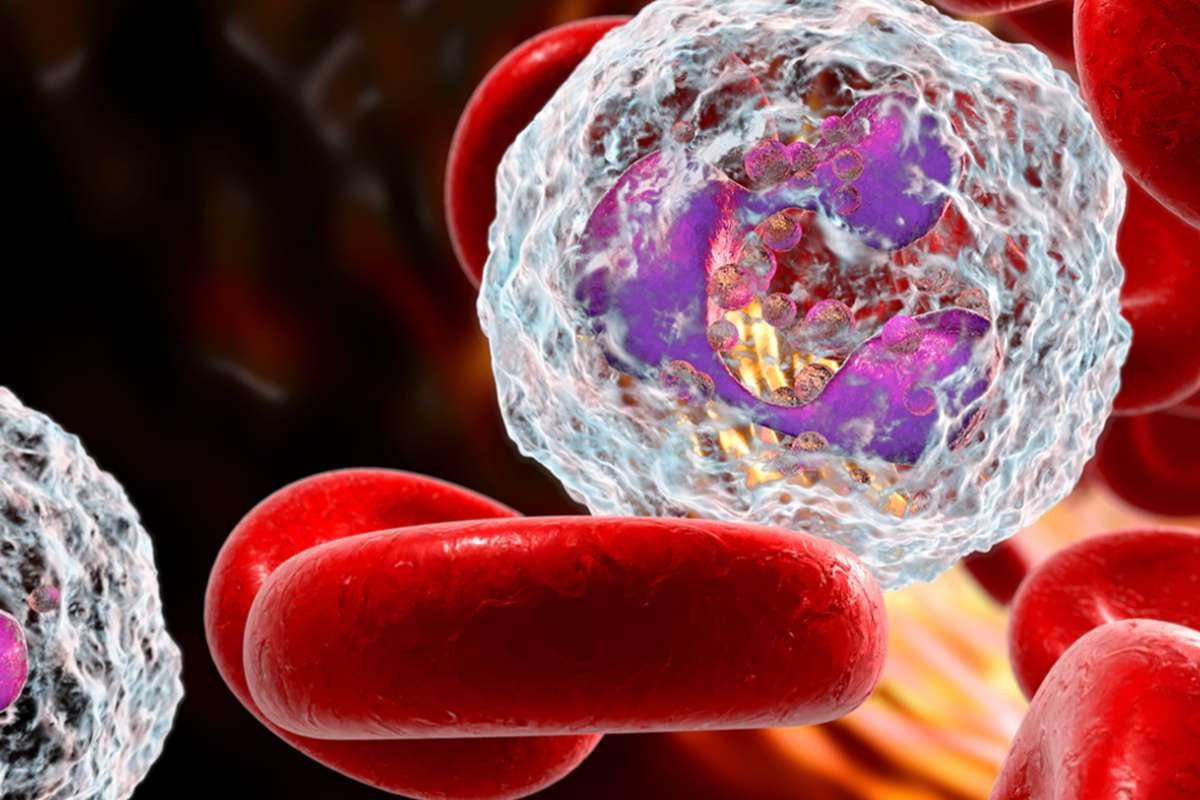
1. Immunotherapy
- Cancer Immunotherapy: PBMCs, particularly T lymphocytes, are crucial components of various cancer immunotherapies, such as chimeric antigen receptor (CAR) T-cell therapy.
- Infectious Disease Treatment: PBMCs can be used to assess immune function in patients with infectious diseases and to monitor the effectiveness of antiviral therapies.
2. Transplantation
- Bone Marrow Transplantation: PBMCs are essential components of bone marrow transplants, providing the recipient with a functional immune system.
- Organ Transplantation: PBMCs play a role in graft-versus-host disease, a serious complication of organ transplantation.
3. Research
- Immunology Research: PBMCs are invaluable tools for studying basic immunology, including the mechanisms of immune cell activation, differentiation, and function.
- Drug Discovery: PBMCs are used to screen for new drugs and to assess the immunogenicity of vaccines and other therapeutic agents.
4. Diagnostics
- Flow Cytometry: Analysis of PBMCs using flow cytometry allows for the identification and quantification of different immune cell subsets, providing valuable insights into immune function.
- HIV Monitoring: Monitoring changes in Peripheral Blood Mononuclear Cell counts and subsets can help track the progression of HIV infection and assess the effectiveness of antiretroviral therapy.
Challenges and Future Directions
While PBMCs offer immense potential for various medical applications, several challenges remain:
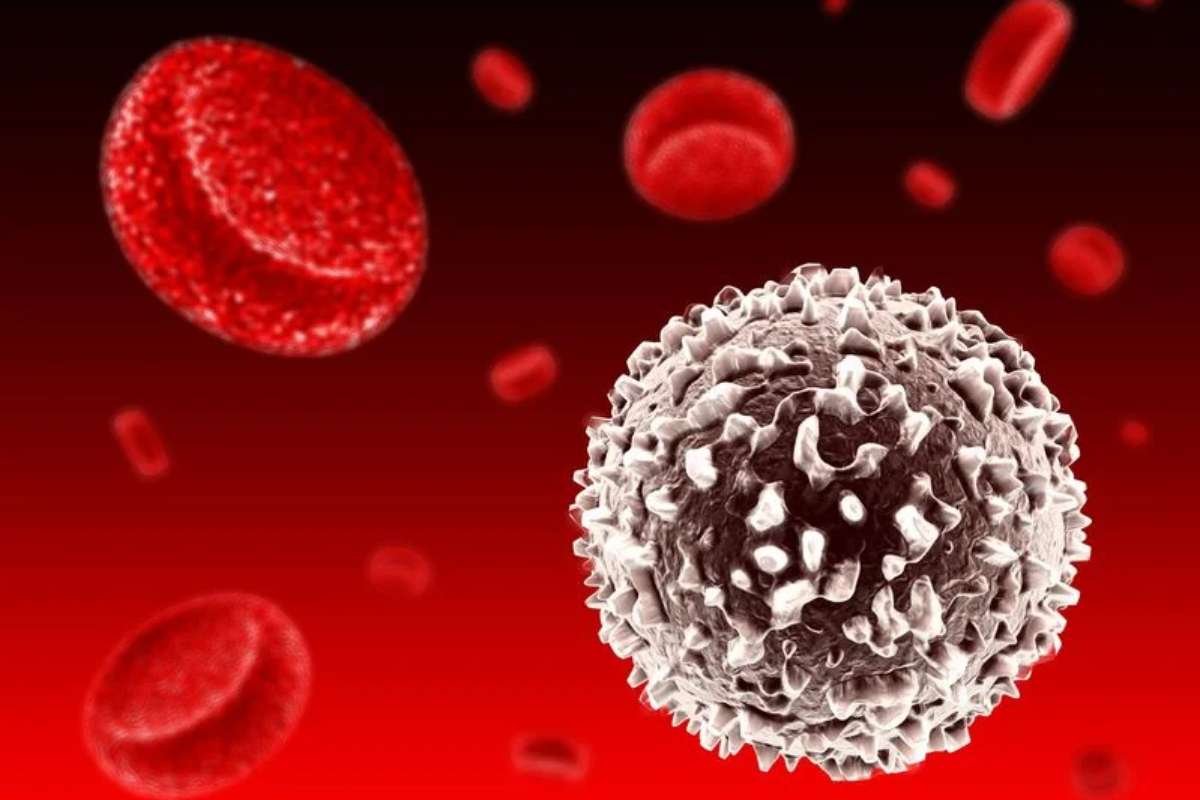
- Maintaining Cell Viability: Isolating and maintaining the viability of Peripheral Blood Mononuclear Cells can be challenging, especially during long-term culture.
- Standardization of Isolation Techniques: Variations in isolation techniques can affect the quality and purity of PBMCs, impacting downstream applications.
- Ethical Considerations: The use of PBMCs in clinical applications raises ethical considerations, particularly regarding informed consent and the potential risks associated with cell-based therapies.
Despite these challenges, ongoing research aims to address these limitations and further enhance the clinical utility of Peripheral Blood Mononuclear Cells. Advances in cell culture technologies, cryopreservation techniques, and genetic engineering are paving the way for more effective and personalized immunotherapies.
Conclusion
Peripheral Blood Mononuclear Cells are a heterogeneous population of white blood cells that play a critical role in the human immune system. Their involvement in both innate and adaptive immunity makes them indispensable for maintaining health and combating disease. The ability to isolate and manipulate PBMCs has revolutionized various fields of medicine, from cancer immunotherapy to infectious disease treatment. Continued research and development in this area hold immense promise for improving human health and combating a wide range of diseases.

